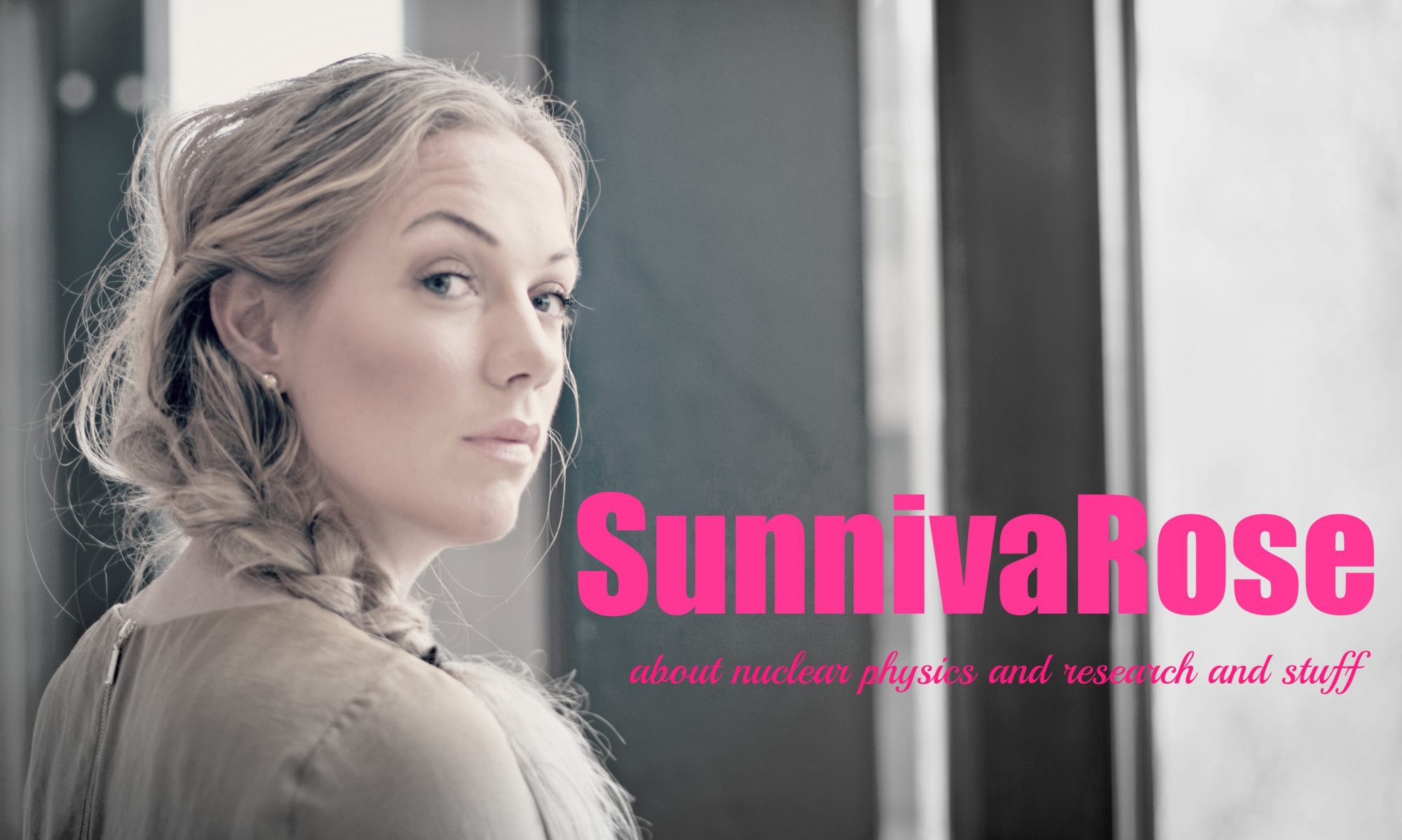A normal misconception about nuclear physics is that it's all about nuclear power and/or atomic bombs, and that that's it. This is far from the truth, and therefore I think 10 facts about nuclear physics is a good idea today 🙂
- nuclear physics is all about the atomic nucleus - discovered by accident by Ernest Rutherford a century ago, when he was bombarding a thin gold foil with alpha particles
- there's so much we don't know about the heart of the atom - the nucleus; and that's why we are a lot of people around the world still spending all of our lives to study it, and try to understand the nucleus and the nuclear force that holds it all together (how does it really work, and why, and how big can a nucleus actually get?)
- all atoms have a nucleus - nuclear physics is as much about the non-radioactive nuclei (stable gold, stable oxygen, stable iron), as the radioactive ones (thorium, uranium, plutonium)
- the "applied part" of my phd thesis is about nuclear power, which is of course also one part of nuclear physics - how to produce energy from big nuclei that splits in two (you get heat and you can boil water and you get steam and then you can generate electricity)
- I don't want to lie; atomic bombs is also something that some people (not in Norway) study - knowledge about nuclear physics can be used in such a destructive way. As can most knowledge if I think of it...
- knowledge about nuclear physics tells us about the creation of the elements - what happens in the sun and similar stars; how do they get their energy, and what happens there? In stars like our sun, elements all the way up to iron are produced
- no elements that are heavier than iron can be produced in stars/the sun, but we know they exist so they must have been created somehow (we know gold exist, we know thorium exist, we know there is lead - to give some examples), but not where they came from. Creation of these heavy elements is actually one of the great mysteries, and we think they are made in explosions or collisions in space. We use nuclear physics to try to figure out how and where all these elements are created.
- one of the really nice applications of nuclear physics is radiation therapy. Atomic radiation may cause cancer, but it may also cure cancer <3
- if you've ever had a CT scan, you've experienced applied nuclear physics. Think about it: it's kind of awesome that we can actually look inside the body, and get really great images of the inside, without even cutting it open...!
- PET, which is short for positron electron tomography is another imaging technique in the nuclear medicine, where you actually detect gamma radiation from an electron that meets its anti particle, the positron (awesome, seriously!). And from this you can create beautiful three dimensional images of for example a tumour inside the body













